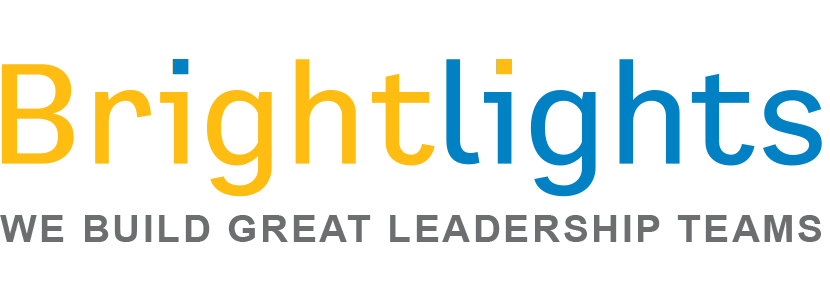I’ve had 11 jobs in my ‘career’, not counting summer jobs.
I’ve been a high school Science teacher in Nigeria, a computer operator and I’ve sold printing presses and computer finance options for clients. I’ve opened new markets for one company and opened and run a new branch. And I’ve been lucky enough to find a 25 year career that I’m very good at in the recruiting business, the last 12 years with Brightlights.
Some would say this is a lot of jobs, and others who live in the new Gig Economy, would say ‘no big deal’.
I mention this because out of those 11 jobs, in only three would I have been humbly considered a real ‘star’. I wasn’t a different person in any of them, but for a number of reasons there was a completely different level in how I performed and how I was perceived by both my bosses and my peers.
And this is where the conundrum of trying to uncover the next high achiever comes in. It’s that unique combination of POTENTIAL and FIT that makes for the magical mix.
So here are some thoughts on how ‘high potential’ prospects manifest themselves:
1. They have a drive to get things done: The best people push to find opportunities to be challenged and don’t just wait for assignments, so look for a pattern of taking on larger challenges and delivering consistent results.
2. They demonstrate emotional intelligence: Those with the best team skills get assigned to bigger and more important teams. You might ask the candidate to describe members of the team. Who did they hire and mentor? Who followed them to the next role? Who, and how many, did they have to let go?
3. They’ve been assigned difficult challenges ahead of their peers. The best people are typically assigned tasks, clients and projects which are normally given to more senior people. If this happens regularly, especially during the first year of each new job, then this is a real sign of an achiever.
4. They have great persuasion skills: Find out which colleagues the candidate has influenced in some way. Consider peers, senior managers, executives, and leaders in other functions since the significance and scope of the issues involved are as important as who was persuaded
5. They have a multi-dimensional business perspective: The best people are sensitive to the needs of other functions. For example, techies who fully appreciate the user experience, marketers who understand engineering, and sales reps who understand the way a huge order impacts logistics are often assigned to cross-functional project teams early in their careers. Success on these projects leads to bigger opportunities in the future.
Ultimately there’s no guarantee of success since it’s been shown over and over again that high achievers, when they leave their organizations, often never reach their same level of success.
But just remember…success is a combination of three discrete dynamics. These are POTENTIAL and FIT and PURPOSE. Without all three you just have just another employee.

Recent Comments